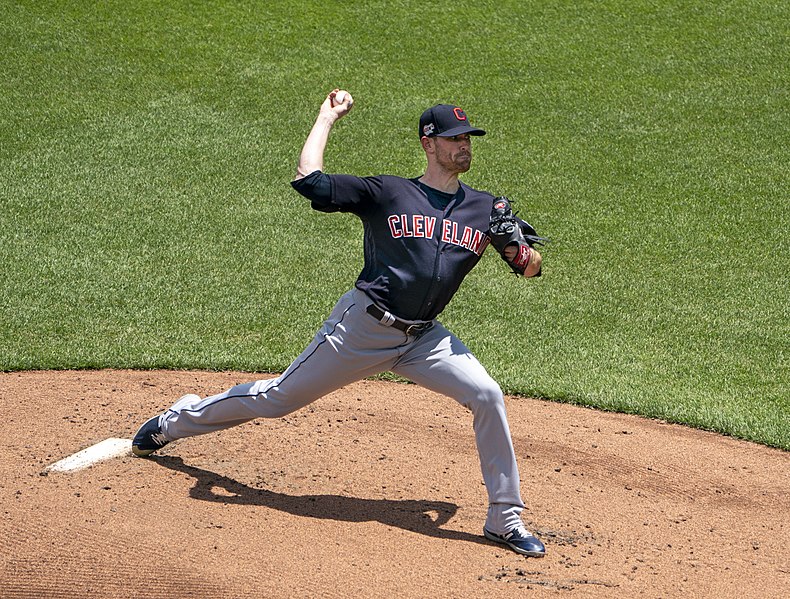It was less than two months ago -- June 15, to be exact -- that the Minnesota Twins appeared to have locked up the American League Central.
Now look at the standings following Monday night, when Carlos Santana delivered a walk-off homer for the Cleveland Indians in a 6-5 victory over the Red Sox while Minnesota was idle:
Putting it another way, since the Indians fell below .500 at 29-30, they've rallied to post the best record in baseball at 43-17.
It'd be overly simple to chalk up the entire difference to Jose Ramirez, but then again, the Indians effectively got Good Jose Ramirez to replace one who hurt the team more than he helped:
- Before June 15: .202/.298/.302 over 285 PA
- After June 15: .313/.352/.630 over 210 PA
The Indians also found Plan B's after their Plan A outfield fell through. Oscar Mercado replaced Leonys Martin, and Yasiel Puig effectively replaced Jake Bauers.
Improving their outfield wouldn't have been possible if their pitching development didn't allow them to deal from a strength. The could afford to trade Trevor Bauer because Shane Bieber is outpitching Bauer in his first full pro season (3.28 ERA, 3.22 FIP, 193 strikeouts over 156⅓ innings).
Bieber was drafted in the fourth round of the 2016 draft. Eight rounds later, they selected Zach Plesac, who stepped up and is providing a 3.27 ERA over his first 14 MLB starts. Plesac's peripherals suggest the end is nigh (5.02 FIP), but when talking about what a pitcher contributed to a 43-17 run, ERA does the job.
Aaron Civale -- selected by the Indians in the third round of the 2016 draft -- is putting a good foot forward himself. He's allowed two runs total over his first three MLB starts, with far more strikeouts (18) than baserunners allowed (13) over 18 innings.
It remains to be seen whether Plesac and Civale can show Bieber's staying power, but if the Indians found three-fifths of a rotation in one draft, their window probably won't simply close whenever Francisco Lindor leaves town.
In the same year the Indians found Bieber, Plesac and Civale, the White Sox drafted a comparable amount of pitchers over the first 12 rounds. But while Bieber and Plesac made jumps by gaining velocity, Zack Burdi, Alec Hansen and Bernardo Flores have all lost ground in that department. Jimmy Lambert is the exception, although now he'll have to prove that his enhanced power will return after Tommy John surgery.
When answering and not answering P.O. Sox questions on Monday's podcast, I said the scariest aspect about the White Sox rebuild is that they haven't shown the ability to groom top farm talent without prohibitive acquisition costs. The Sox built their farm system by trading significant MLB talent, amassing top-five draft picks and signing Luis Robert to an amount no longer allowed. That's a great way to start a rebuild, but the Sox need to show the ability to create contributors out of whole cloth in order to believe they can sustain it.
A farm system is called a farm system because it's supposed to be a renewable resource. The White Sox instead built a pipeline with slant drilling, which is fine as long as you can get away with it. The problem is that you can start seeing how the White Sox will no longer be able to get away with it. Maybe their player development will have better luck next year, but as we're seeing across baseball, teams seem to be getting better at diminishing luck's importance.






